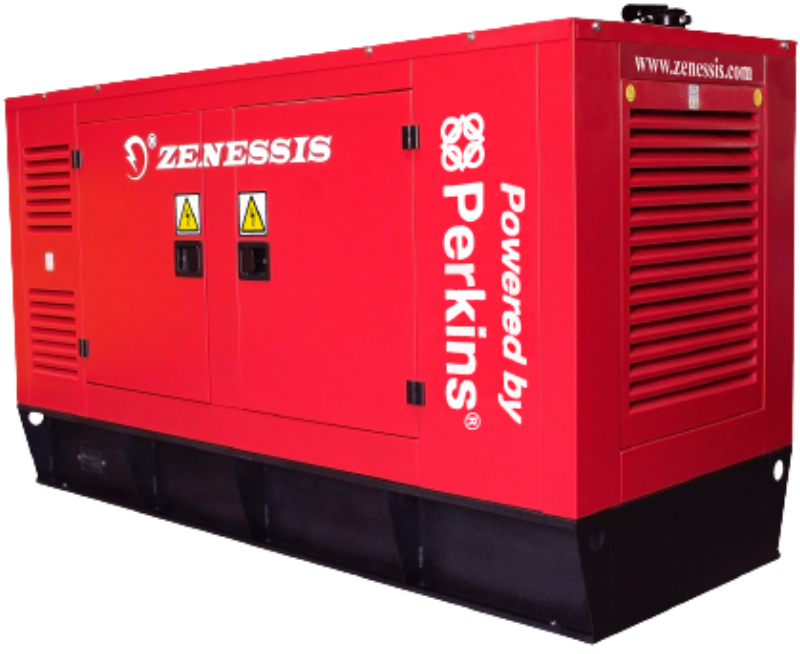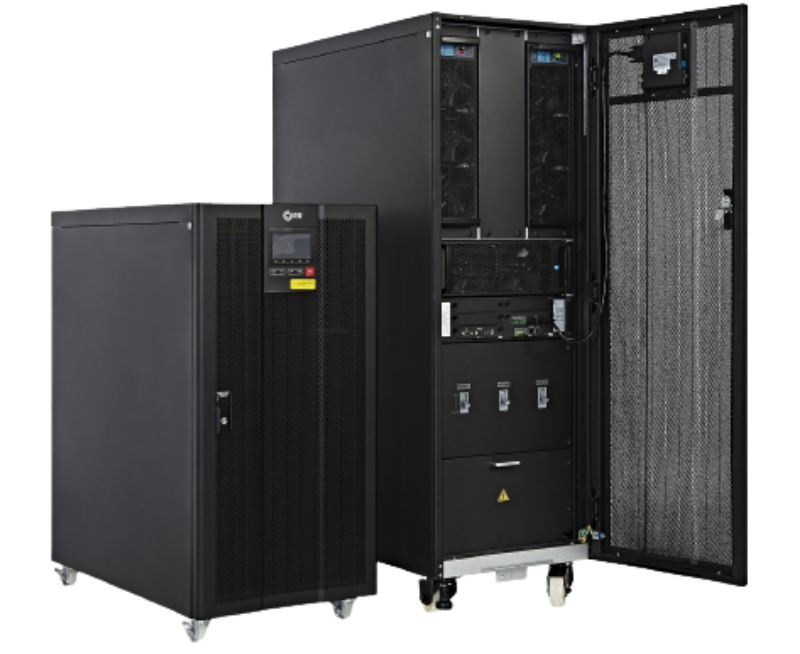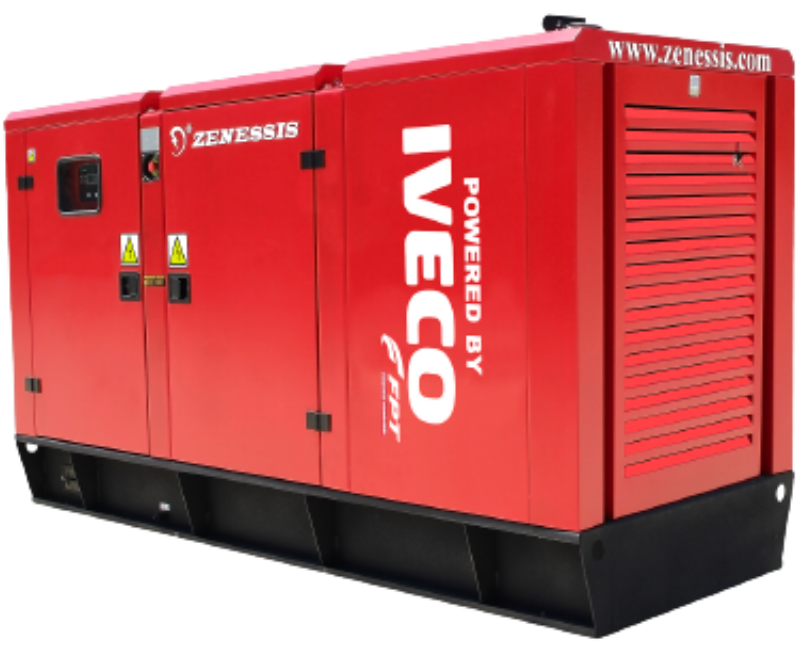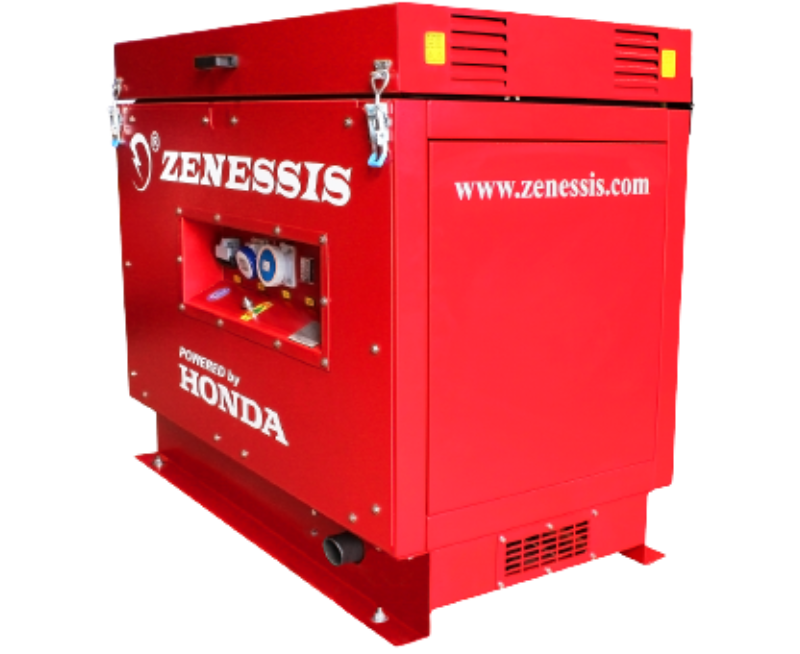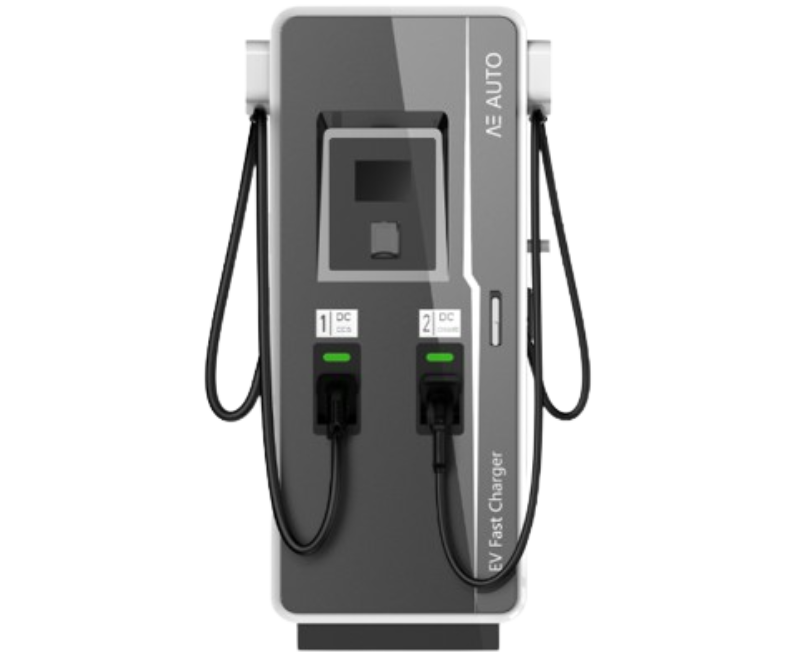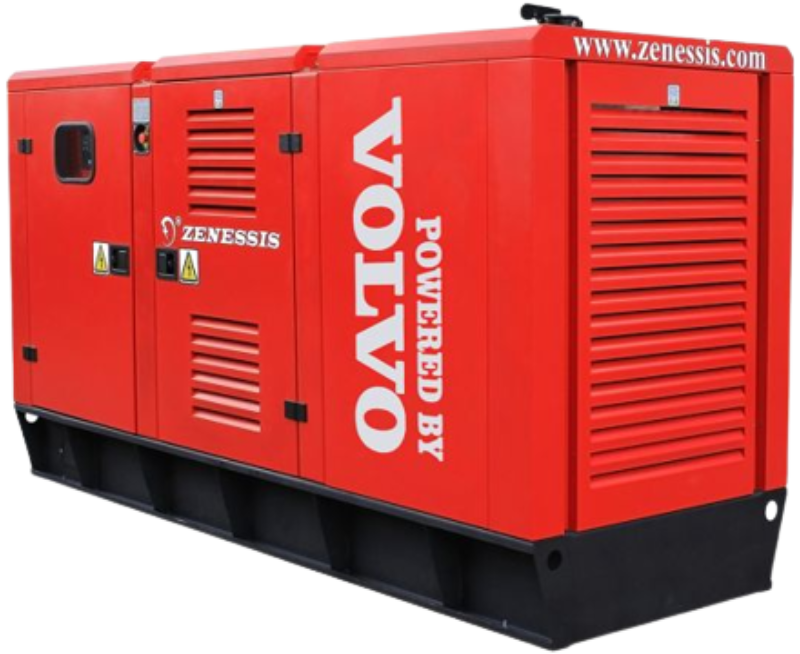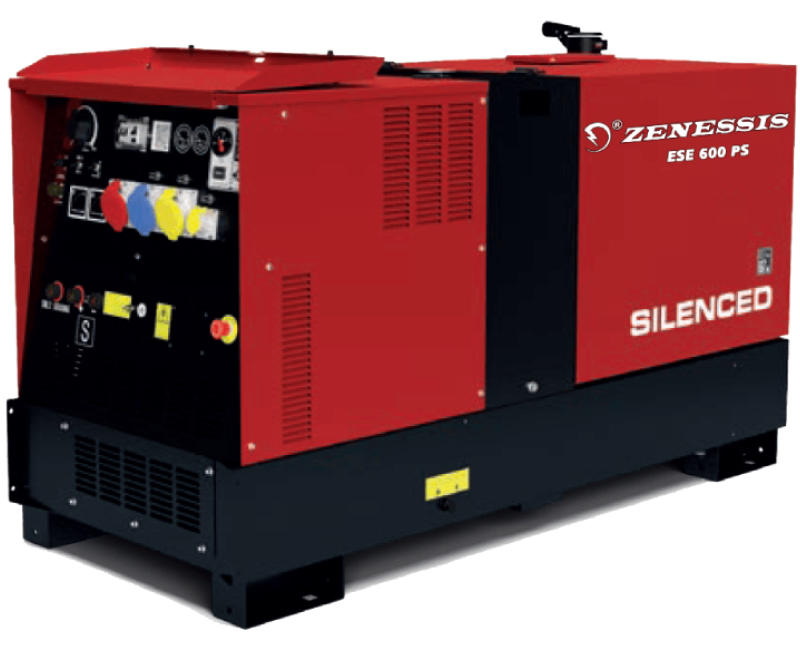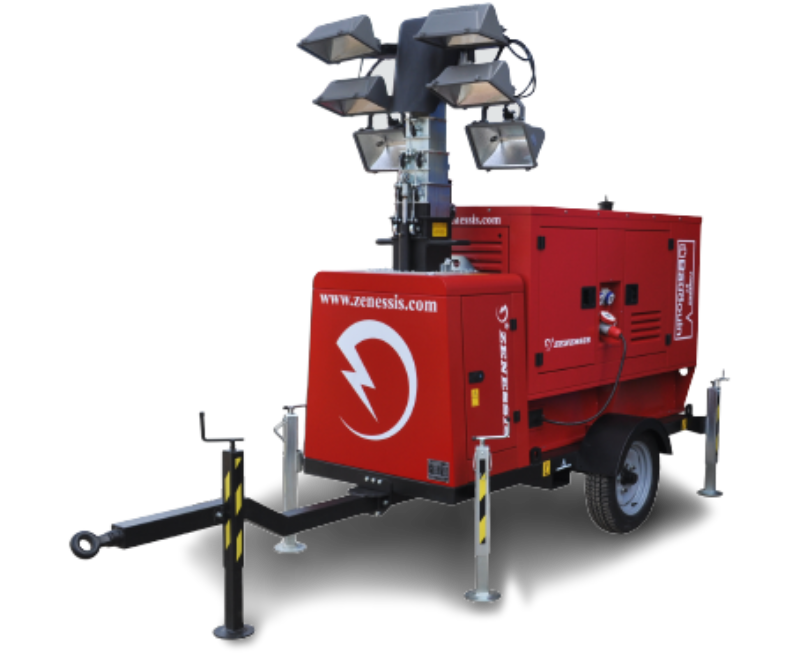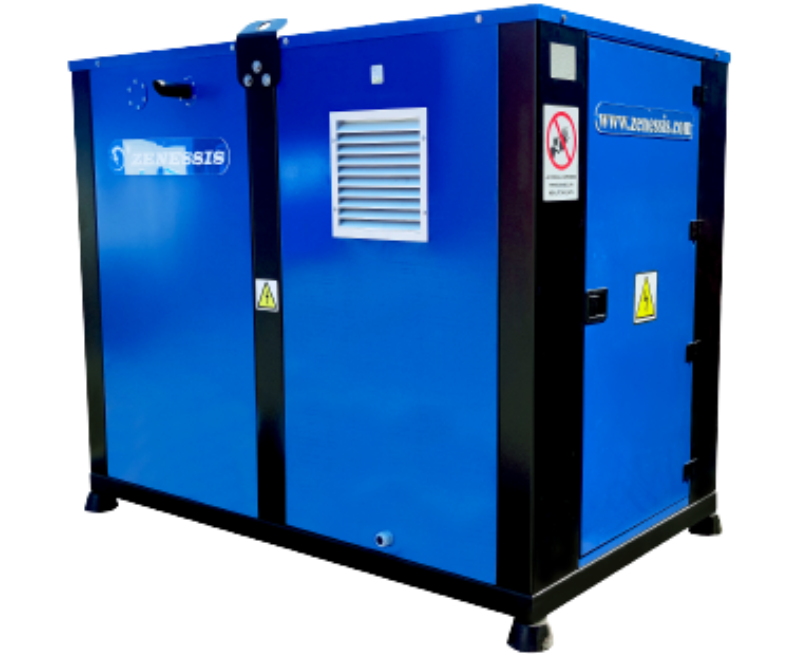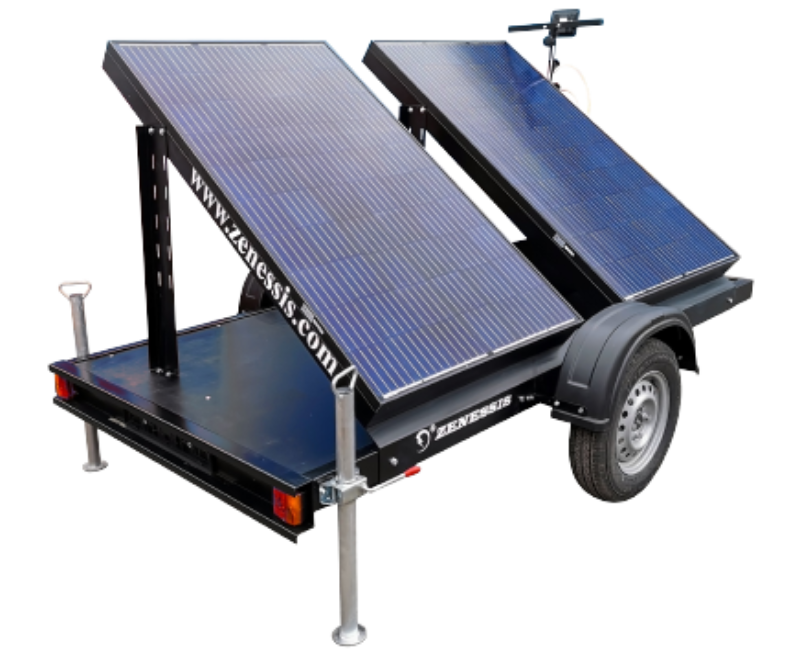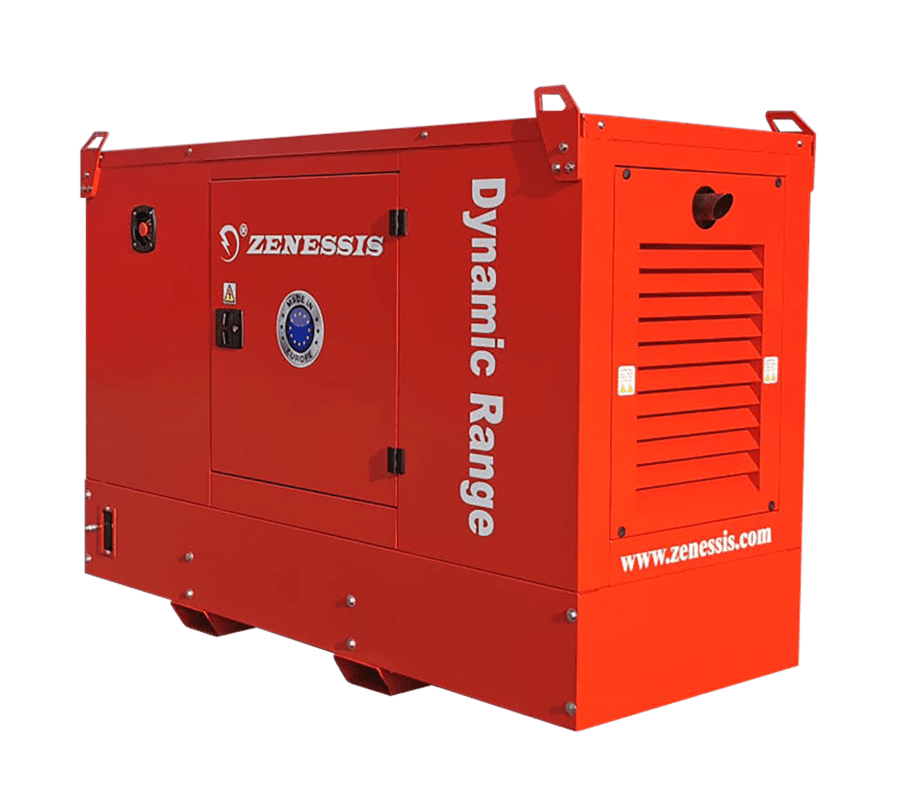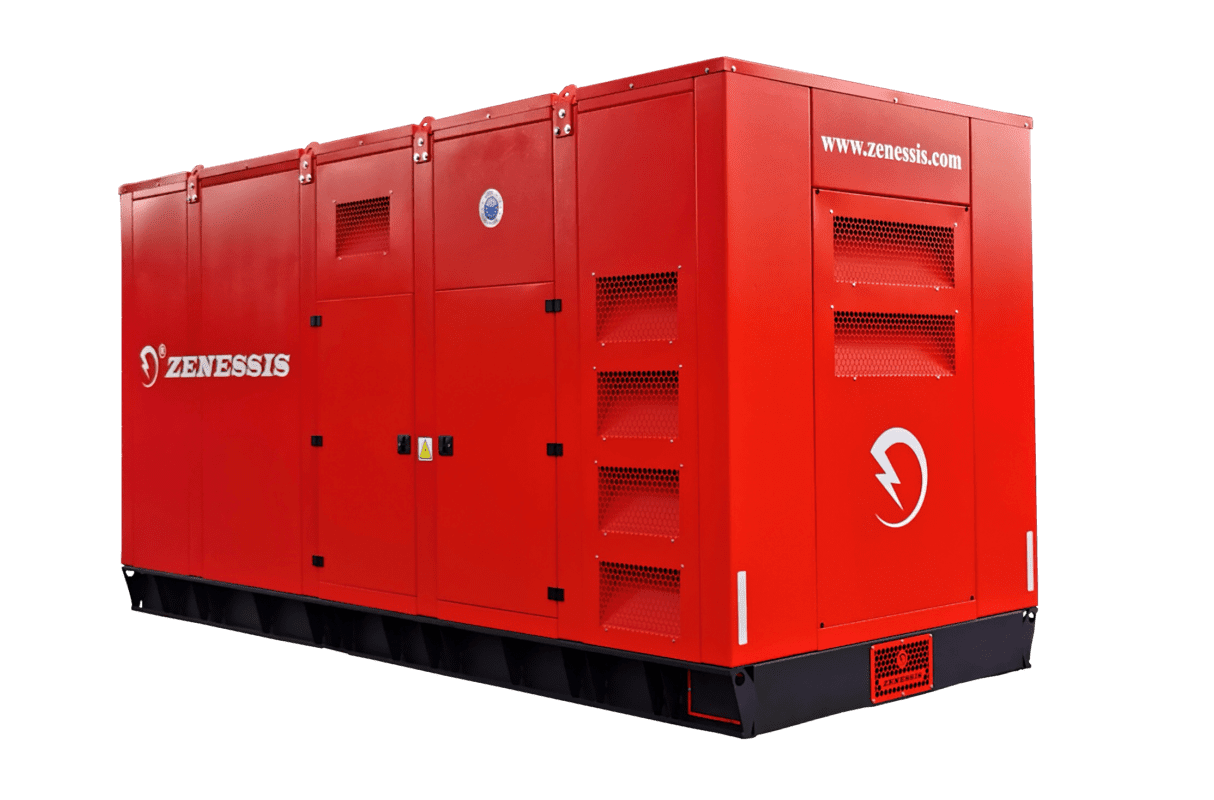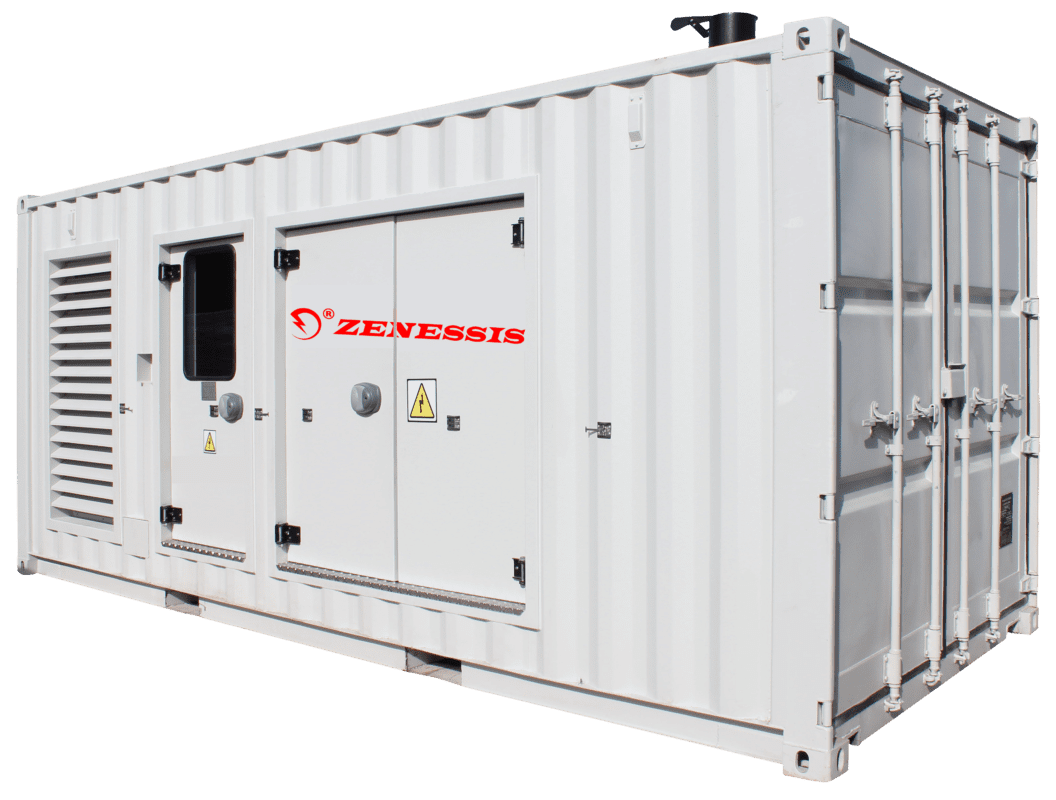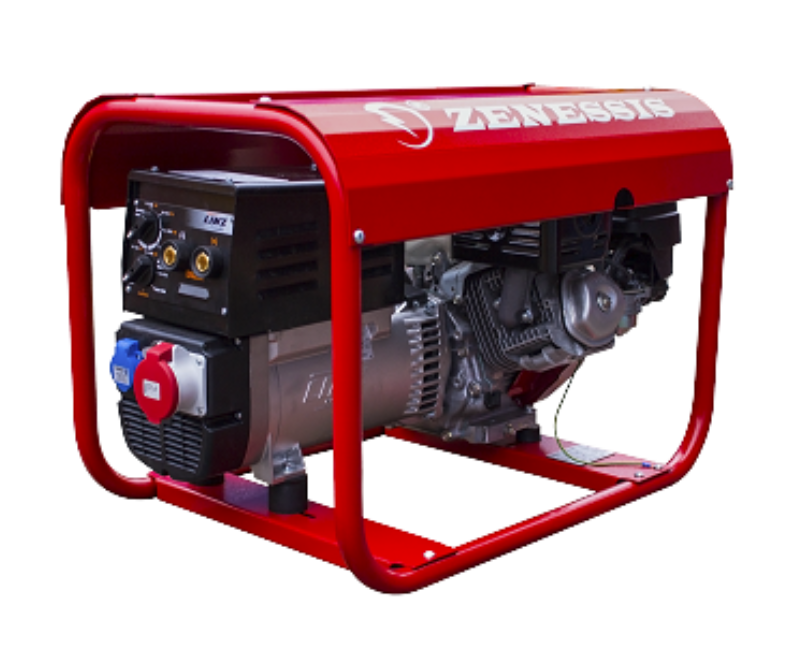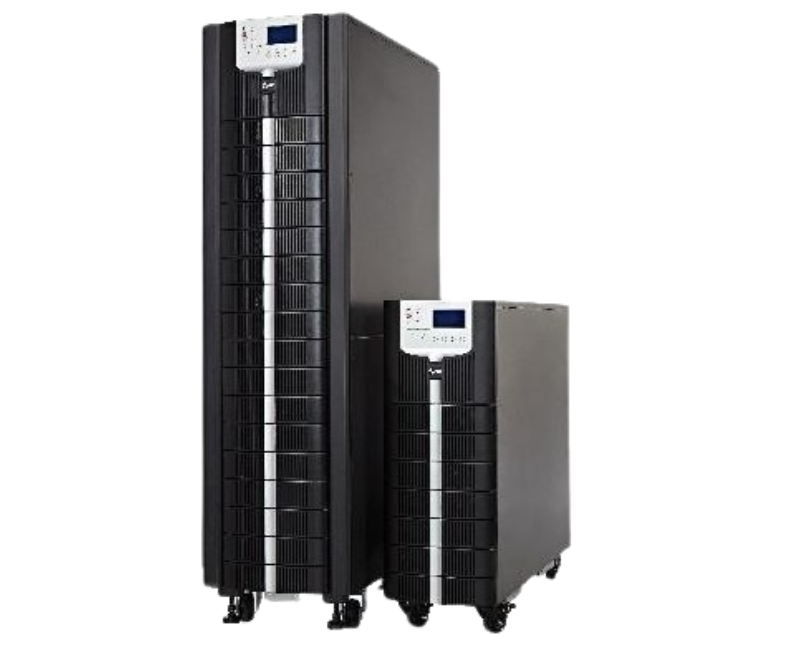Synchronized Diesel Generators: The ideal solution for Continuous Power Supply
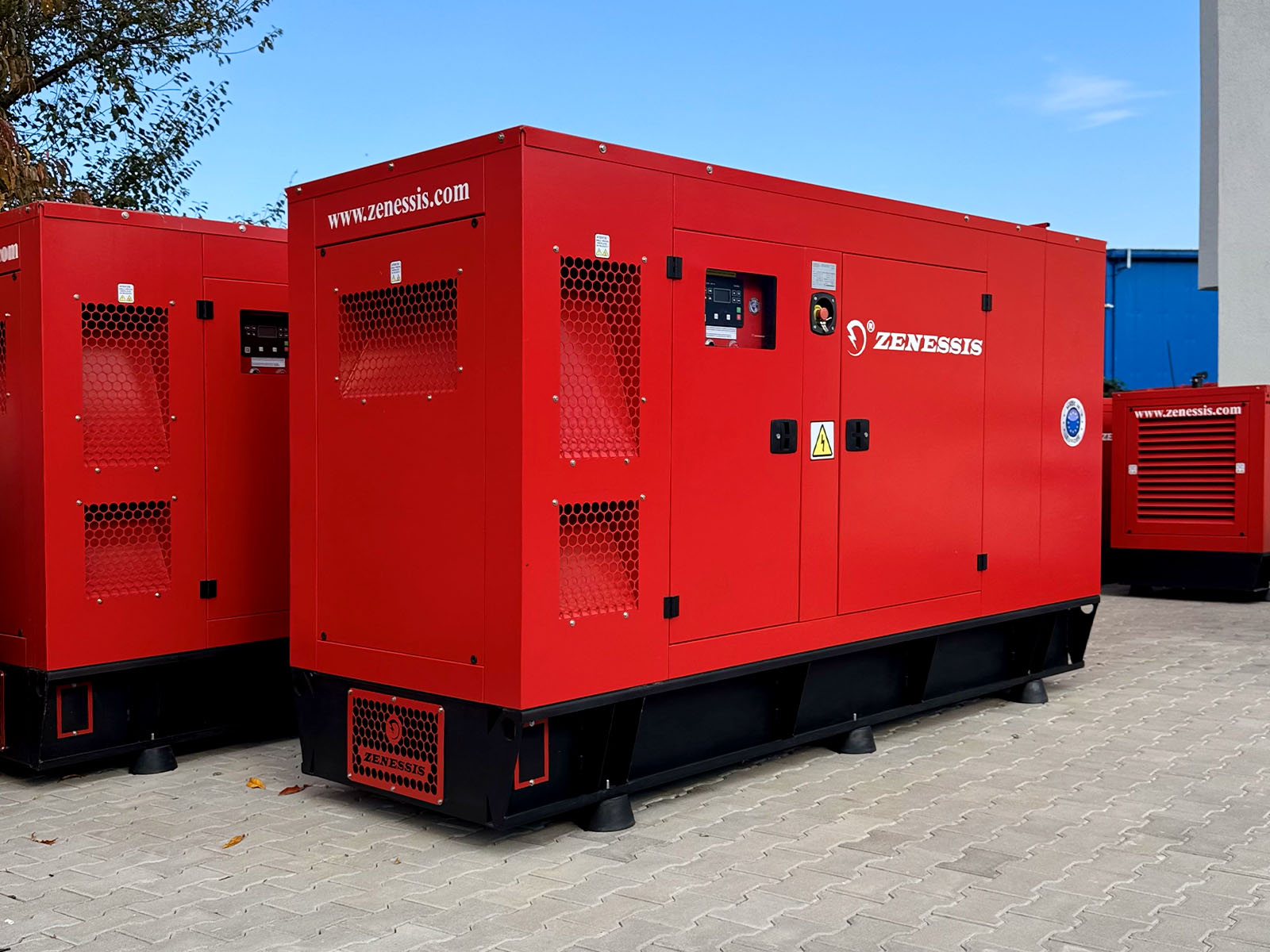
In situations where continuous power supply is required, synchronized diesel generators are an efficient and tailored option to meet specific demands. They are used to ensure uninterrupted power supply in various contexts, including construction sites, industrial facilities, data centers, large-scale events, and other critical applications. Through their synchronized configuration, these generators offer several benefits that support both efficiency and operational safety.
What are synchronized diesel generators?
Synchronized diesel generators are systems that allow the simultaneous operation of two or more generators, connected to supply a common load. Their synchronization involves aligning electrical parameters such as voltage, frequency, and phase, so they work together without generating fluctuations or overloads.
This technology has two key benefits: it allows for the even distribution of electrical load between generators and offers flexibility in adapting the power capacity to fluctuating demands. This is particularly useful in applications where energy consumption constantly varies, and the systems must respond quickly to these changes.
Synchronization methods
There are several methods by which diesel generators can be synchronized:
- Through a synchronization panel: This is the most commonly used method. A synchronization panel monitors and adjusts the generators’ parameters to bring them into perfect alignment. This system allows generators to be added or removed without interrupting the power supply, making it a practical solution for situations where energy consumption varies.
- Grid synchronization: In this configuration, generators are directly connected to an existing power grid and regulated according to its parameters. This method is commonly used in large or complex applications where generators function either as the primary source or as a backup power source.
Benefits of using synchronized diesel generators
Synchronized diesel generators offer several practical advantages, including:
- Power continuity: In the event of a power outage or other unforeseen interruptions, these systems ensure the continuous operation of critical equipment and processes. Synchronizing multiple generators eliminates the risk of complete shutdowns.
- Adaptability to consumption demands: Synchronized generators can be added or removed from the system based on energy needs, helping to manage resources more efficiently and reduce unnecessary fuel consumption.
- Reduced wear and tear: The even distribution of electrical load across generators reduces mechanical strain on each unit, minimizing the frequency of repairs and extending the equipment’s lifespan.
- Energy efficiency: Synchronization allows for optimized fuel consumption, as each generator operates within its optimal parameters. This translates to lower costs and fewer emissions associated with equipment usage.
Various applications
Synchronized diesel generators are essential in construction sites, industrial sectors, powering sensitive equipment in data centers, organizing large events, and providing backup in hospitals and other critical facilities. Their ability to function both as a primary source and as a backup solution makes them suitable for a variety of scenarios.
Considerations for implementation
Before choosing a synchronized diesel generator system, it’s important to evaluate the specific requirements of the application. Factors such as average energy consumption, potential variations, and the required continuous operation duration are crucial in properly configuring the system. Additionally, regular maintenance of the generators and monitoring of operational parameters are essential to ensure stable performance. Synchronized diesel generators provide a practical solution for continuous power supply in various applications. Their benefits, such as even load distribution, adaptability to fluctuating demands, and reduced maintenance costs, make them indispensable in situations where uninterrupted power is essential. With proper planning and maintenance, these systems can offer stable and efficient power supply in the long term.

